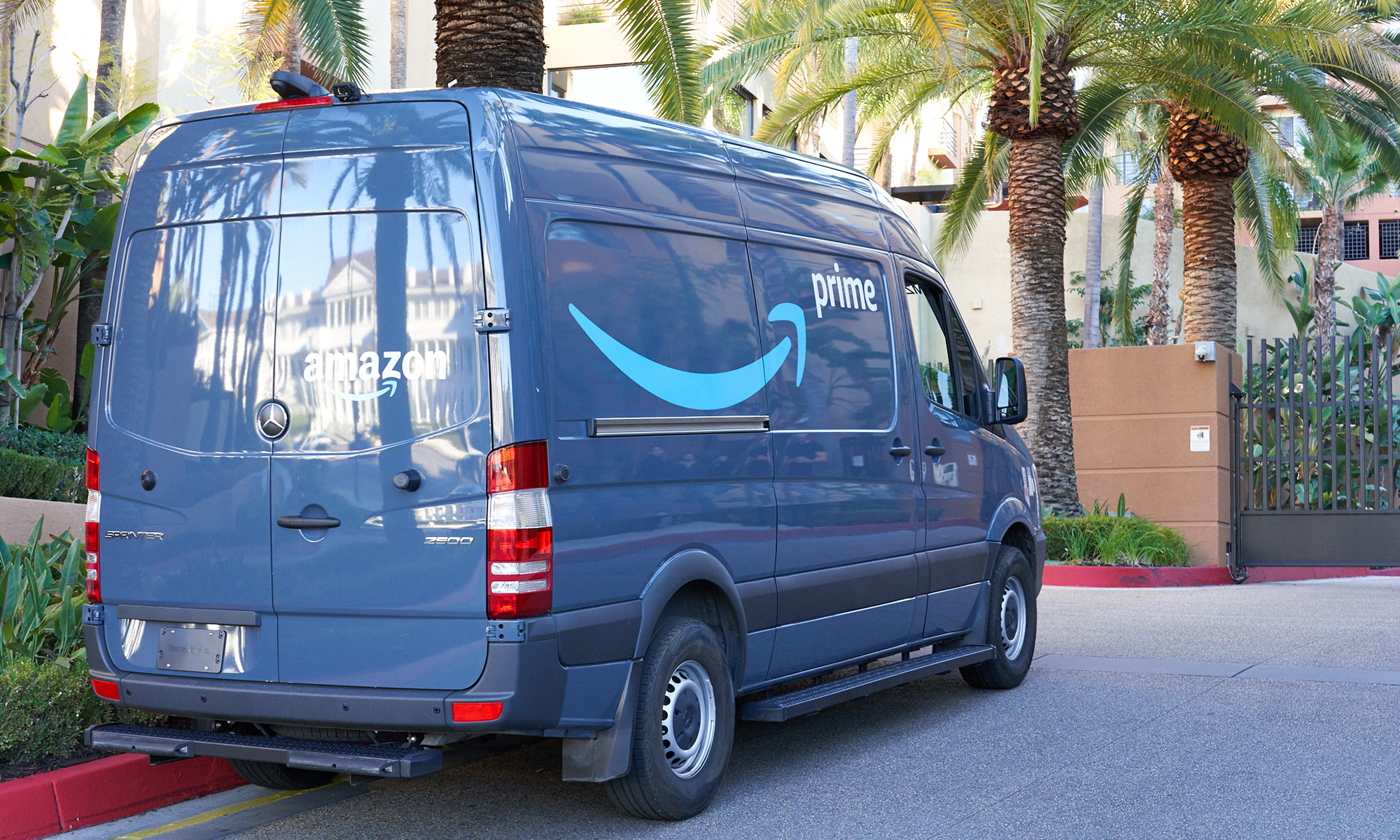It's been less than six months since Amazon.com (AMZN 1.80%) launched IMDb Freedive, and it's already decided to invest more in the ad-supported streaming video service. Along with a rebranding to IMDb TV, Amazon says it will add thousands of new titles to the platform, tripling its content library. It's also planning an expansion to Europe later this year.
The step up in investment is indicative of early success for the streaming service that's available exclusively on IMDB.com, on Amazon Fire TV devices, and as a channel on Amazon Prime Video. IMDb TV is riding a secular trend in ad-supported streaming, in fact, along with Roku (ROKU +1.02%), which started the Roku Channel as a way to provide customers with more ad-supported content back in 2017. "Usage of free, ad-supported apps has increased by over 300% in the last year," Marc Whitten, vice president of Fire TV, said in a press release.
Amazon is particularly well positioned to offer ad-supported streaming video, and IMDb TV could become a valuable part of its digital video ecosystem.

Image source: Amazon
A growing video ad business
Last September, Amazon started requiring ad-supported video apps to provide the company with 30% of ad impressions to sell. Roku has had a similar policy for longer, but Amazon notably surpassed Roku in reach around that time. Analysts estimate that Roku still has more available ad inventory than Amazon, though, owing to higher engagement and broader support for ad-supported video.
Increasing the engagement in IMDb TV with more content would increase the amount of available high-quality video advertising inventory on Amazon's ad platform. In turn, that ought to attract more advertisers and increased ad spend per advertiser. Ultimately, Amazon is looking to create a flywheel effect whereby increased demand leads to increased supply from third-party apps, which leads to increased ad spend through Amazon, and so on. The investment in IMDb TV is an extra push to get the flywheel moving.
Amazon sees a big opportunity to sell ads in the connected TV market. If it can establish itself as a dominant source for high-quality video ads seen on TV screens, it might be able to successfully break into the $70 billion traditional television ad market as TV ad technology catches up with digital platforms. Think how valuable Amazon's shopper data could be when combined with the massive reach of traditional TV.
Keeping users in the Amazon ecosystem
Not only will increasing engagement with IMDb TV push the advertising flywheel faster, but it has the potential to keep Amazon customers locked into Amazon's digital video ecosystem. It presents an interesting branch of Amazon's efforts in digital video streaming.
Keeping the service exclusive to the Fire TV platform for consumers who want to watch IMDb TV on their actual TVs will reinforce purchases of Amazon's streaming devices. That in turn will reinforce Prime Video, since it's featured prominently in the Fire TV user interface. Prime Video encourages Amazon Channel subscriptions, which in turn makes the entire ecosystem that much stickier.
Roku is working on a similar strategy to lock consumers into its own ecosystem. The Roku Channel features free ad-supported content, and it started selling premium subscriptions alongside that content earlier this year. The move gave Roku a new way to sell subscriptions and better access to viewer data, which in turn makes its premium subscription advertising more effective.
Now that Amazon takes a chunk of ad-supported streaming on Fire TV, it's even more important for the company to lock consumers into its platform. Amazon is spinning up two flywheels by increasing its investment in IMDb TV. First, it's attracting more advertisers to its ad platform by increasing the amount of high-quality video ad inventory available. Second, it's increasing engagement with its digital video platform by giving consumers yet another reason to choose Fire TV and Prime Video over the competition. Both work to drive increased advertising and subscription services revenue over time.






